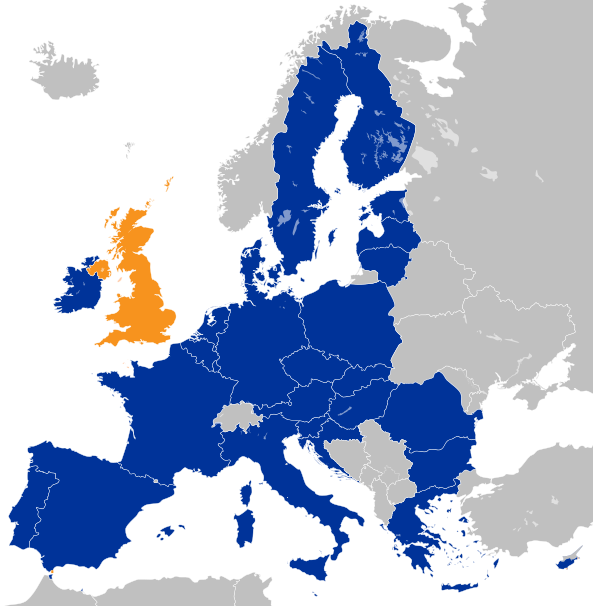
EC and EMA provide Brexit guidance
UK-based drug developers and contract manufacturers are set to find partners in the European Economic Area (EEA) to uphold Orphan Drug Designation, MAA or transfer their current UK based site of batch release to a location established in the Union.
It’s the first time that the European Commission (EC) and the EMA provided regulatory guidance for UK-based biopharmaceutical companies what to to after the Brexit. According to an Q&A document, market authorisations and MAAs given under the EU’s centralised procedure can be only granted to companies established in the Union. Thus, Orphan Drug Designation or market authorisations from UK-based companies can be only maintained if both are transfered to a holder within the EEA, that is EU member states plus Norway, Iceland, and Liechtenstein. Final products and APIs manufactured in the UK will be treated as imported medicinal products after the 30 March 2019 and will need an appropriate import allowance. The EMA has given advice how companies can manage the transfer, which is required for every single market authorisation and Orphan Drug Designation in separate documents. Finally, UK SMEs will loose all advantages EU-based SMEs have concerning EMA fee reductions except they have established a subsidiary in one of the EEA states.
To maintain a UK company’s ability to meet the EU pharmacovigilance requirements, the qualified person responsible for pharmacovigilance (QPPV) will need to change the place of residence and carry out the tasks in an EEA member state. If a Pharmacovigilance System Master File (PSMF) is located in the UK, the marketing authorisation holder will need to change the location of the PSMF to a Member State within the Union (EEA).
Additionally, MUMS (Minor Use Minor Species/limited market) incentives will no longer apply to UK companies after the UK’s withdrawal from the Union, as a sponsor/applicant established within a third country cannot seek and receive MUMS/limited market classification in the Union (EEA). However, MUMS/limited market classification is connected to the product/indication and therefore transferable together with the product. As a transfer of marketing authorisation does not include a transfer of an MUMS/limited designation, the marketing authorisation holder needs to transfer the marketing authorisation and the MUMS/limited market classification separately.


 Merck KGaA, Darmstadt Germany
Merck KGaA, Darmstadt Germany Cellular Origins Ltd
Cellular Origins Ltd SLAS
SLAS